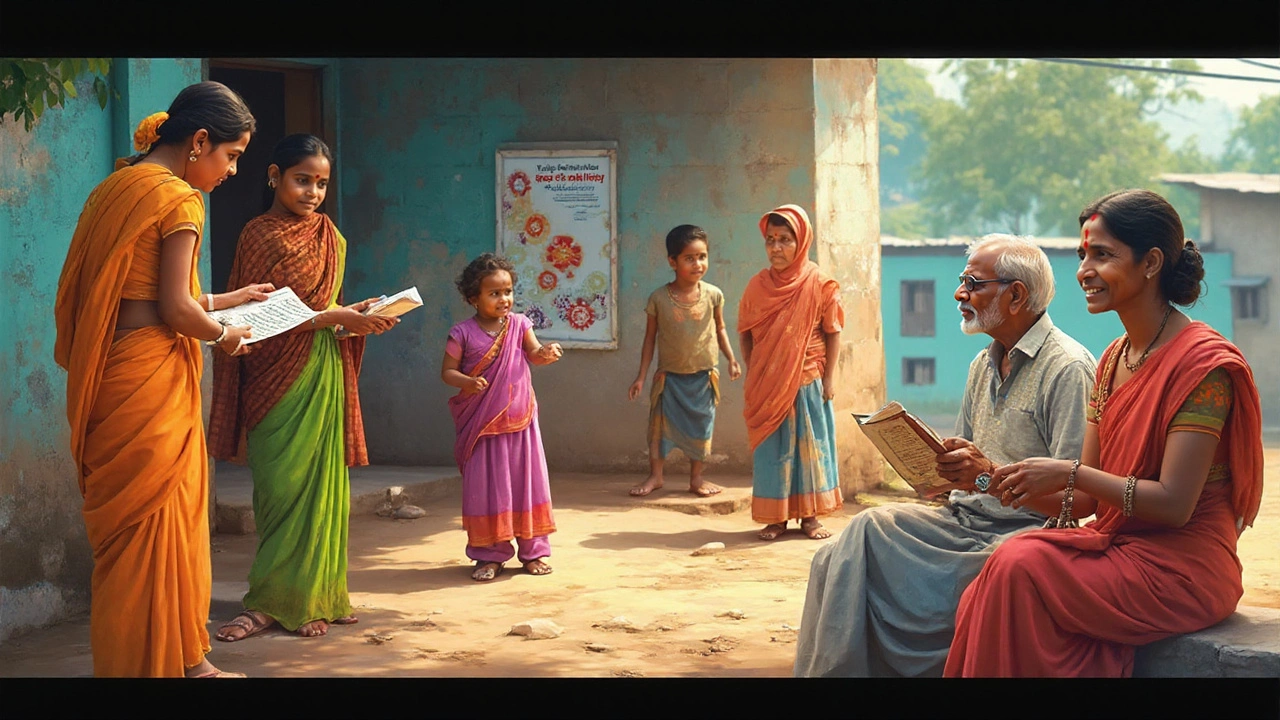Prevention Strategies: How to Stop Problems Before They Start
When we talk about prevention strategies, planned actions designed to stop problems before they happen. Also known as proactive health measures, these are the quiet heroes behind healthier communities—from stopping polio outbreaks to cutting heart disease rates with simple lifestyle changes. They don’t wait for emergencies. They act before the first symptom shows up.
These strategies rely on three key tools: public health programs, organized efforts by governments or NGOs to protect populations, intervention programs, targeted actions that change behavior or environment to reduce risk, and health promotion, teaching people how to protect themselves through education and access. You see them in action when a village gets free mosquito nets, when schools teach kids to wash hands, or when smoke-free laws cut lung cancer cases. They’re not flashy. But they work—better than any cure ever could.
Look at what’s working in India: polio vaccination drives that reached every child, clean water projects that slashed diarrhea deaths, and diabetes programs that taught families to eat better and move more. These aren’t theories. They’re real, tested, and scaled. The best prevention strategies don’t need fancy tech. They need clear messaging, local trust, and consistent follow-through. That’s why so many of the posts here focus on real cases—not what could work, but what already did.
What you’ll find below isn’t a list of ideas. It’s a collection of proof. Posts that show how simple, smart actions—like changing laws, training community workers, or using data to spot outbreaks—stop diseases before they spread. You’ll see how public health teams use surveillance to catch threats early, how policy changes save lives faster than hospitals, and why the most effective interventions target habits, not just symptoms. These are the tools that turn fear into control, and luck into strategy.




